Your cart is currently empty!
The Fascinating History of Valentine’s Day Flowers

Valentine’s Day flowers are more than just pretty bouquets. They hold centuries of history, from ancient myths to modern romantic traditions. Let’s explore how these timeless blooms became the ultimate symbol of love and devotion. Valentine’s Day flowers have always had a deeper meaning than what meets the eye, and their evolution is a story worth diving into. Let Teeholic bring you to the historic world of flowers.
1. Ancient Myths and Sacred Blooms: How It All Began
The tradition of giving flowers to express love dates back thousands of years. In ancient cultures, flowers were far more than decorations; they were imbued with deep symbolic meanings tied to gods, myths, and rituals. The role of flowers in these early societies set the stage for their enduring connection to love and devotion, especially as Valentine’s Day flowers.
Greek and Roman Roots:
In Greek mythology, Aphrodite, the goddess of love, was often associated with red roses. Legend has it that these roses grew from her tears and the blood of her lover, Adonis, symbolizing both love and sacrifice. These roses were seen as sacred gifts to honor the bond of romantic relationships.
The Romans adopted similar traditions, associating flowers like violets and lilies with their own goddess of love, Venus. During festivals like Lupercalia (a precursor to Valentine’s Day), flowers were offered as tokens of fertility and devotion, solidifying their importance in celebrations of affection.
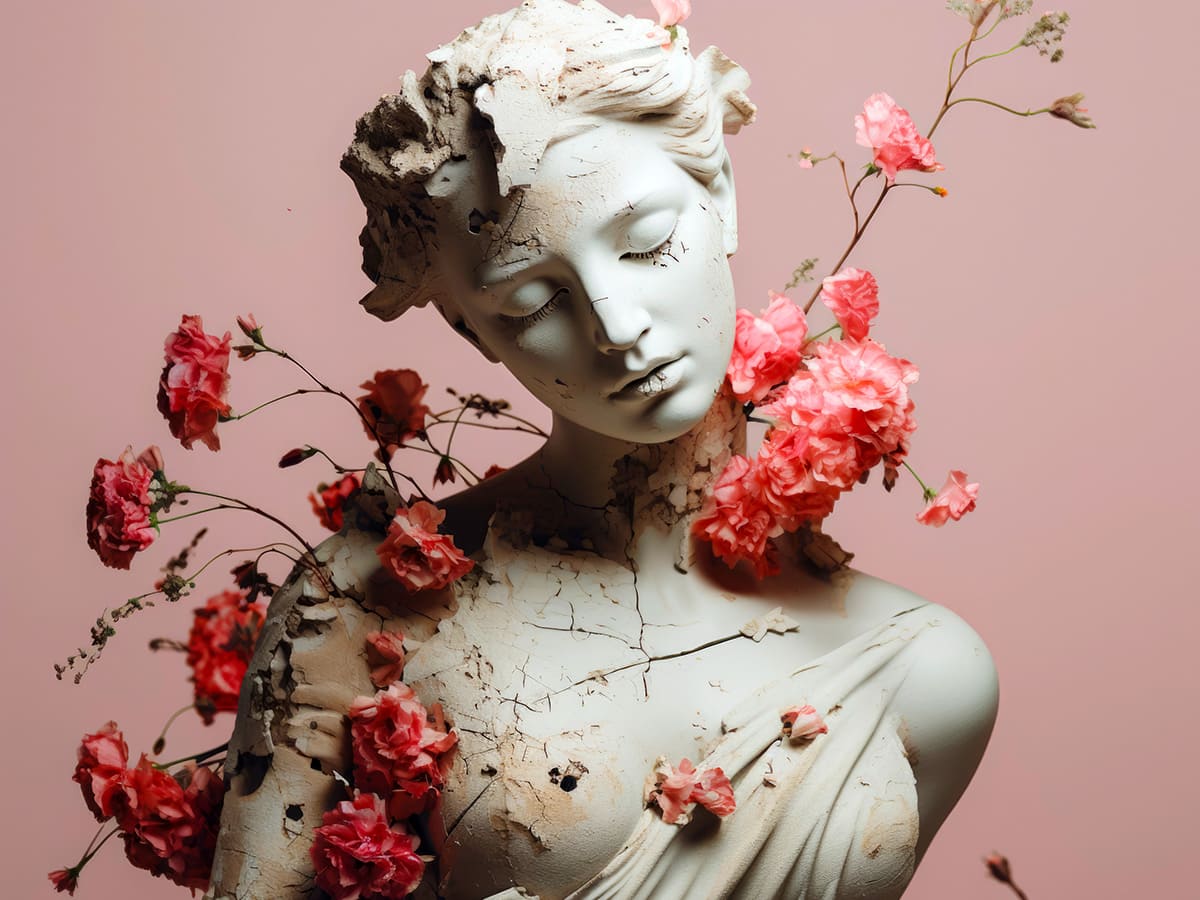
Eastern Influences of Flowers:
In ancient China, flowers like peonies symbolized prosperity and romantic harmony. These blooms often graced weddings and celebrations of love, representing the hope for a fulfilling partnership.
In India, the lotus flower was revered for its purity and connection to divine love, influencing romantic and spiritual practices. The lotus’s ability to thrive in muddy waters became a metaphor for enduring love and resilience.
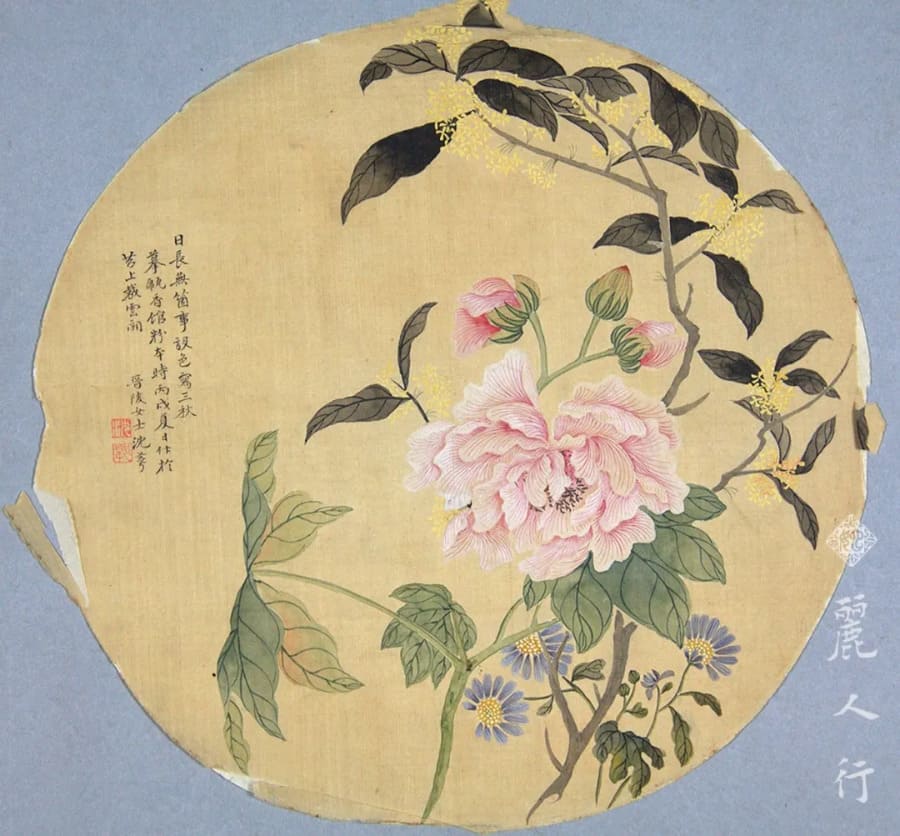
Symbolism in Everyday Life:
Beyond ceremonies, flowers were used in daily life to represent nature’s cycles of growth and renewal. Red blooms were associated with life and vitality, a connection that resonates with their use in Valentine’s Day celebrations today.
These early associations laid the foundation for flowers as powerful symbols of affection and passion. It’s no surprise that Valentine’s Day flowers continue to evoke such profound emotions even today.
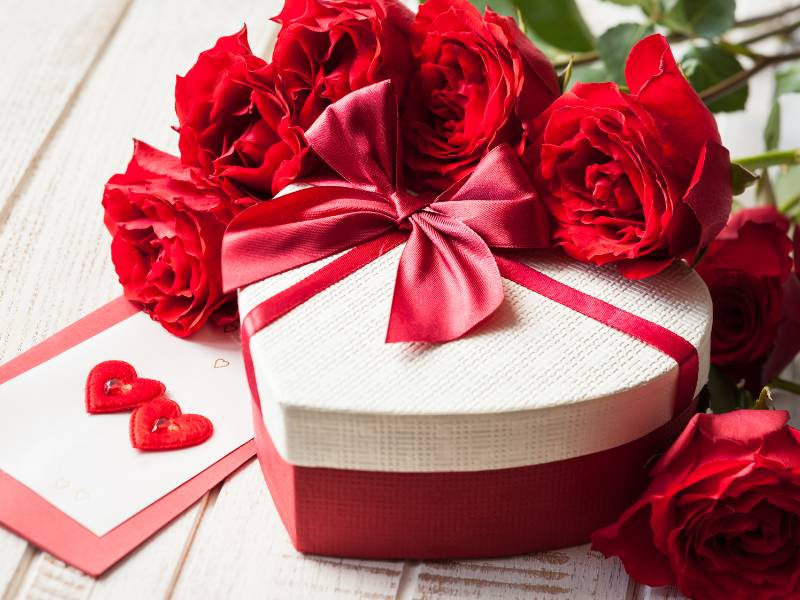
2. Blossoms of Devotion: Valentine’s Day Flowers in Medieval Romance
By the Middle Ages, flowers had become integral to the culture of courtly love. This was a time when knights and nobles used flowers as gestures of admiration and devotion, especially during Valentine’s Day celebrations. The connection between Valentine’s Day flowers and romance deepened as these traditions evolved.
Knights and Maidens:
Knights would often present flowers to their beloveds as a sign of loyalty and affection. Red roses, even then, were cherished for their intense symbolism of deep love and desire. Such gestures were considered not only romantic but also a public declaration of commitment.
These floral offerings often accompanied poetic verses or songs, enhancing their emotional impact and making them cherished gifts.
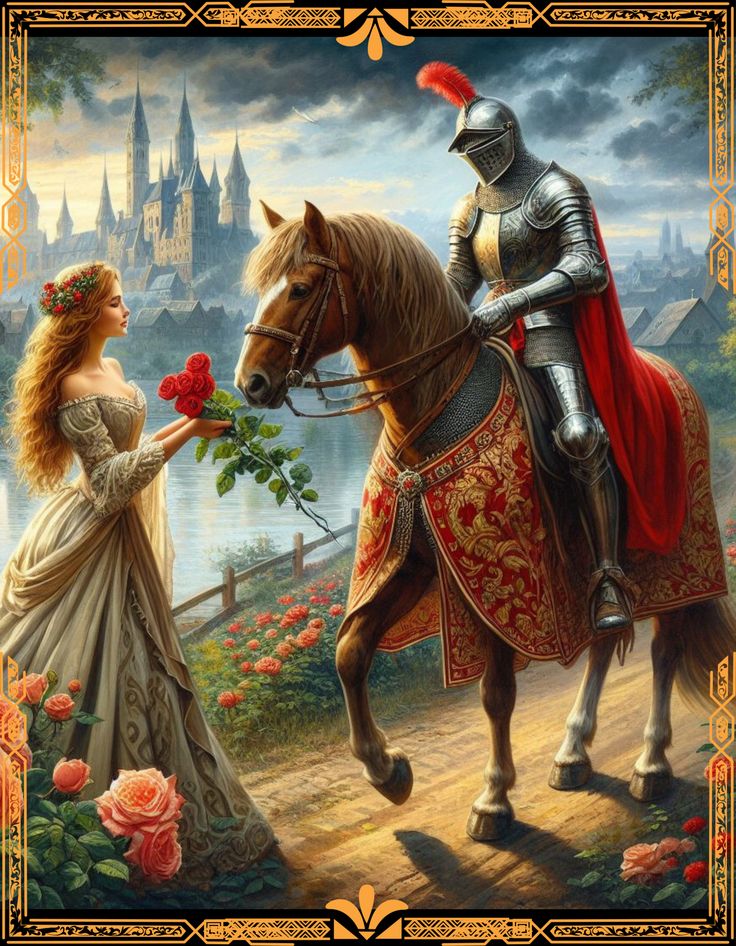
Literary Influence of Valentine’s Day flowers:
Poets and writers of the era, such as Geoffrey Chaucer, helped cement the connection between flowers and Valentine’s Day. In his poem Parliament of Fowls, Chaucer famously described a day dedicated to love and blooming nature. This literary work is often cited as one of the first associations between Valentine’s Day and romantic rituals.
Troubadours, or traveling poets, frequently referenced flowers in their songs, equating their beauty and fragility to the nature of love itself.
Wider Cultural Adoption of Valentine’s Day flowers:
Beyond noble circles, Valentine’s Day flowers began to appear in village festivals and markets. Sellers would offer freshly picked blooms, marking the day as a communal celebration of love and connection.
This romantic tradition grew stronger over time, intertwining flowers with expressions of love in increasingly creative ways. Valentine’s Day flowers became a staple for romantic gestures during this period.
3. The Language of Flowers: The Victorian Love Code
The Victorian era transformed Valentine’s Day flowers into an art form with the rise of floriography, or the language of flowers. This intricate system assigned specific meanings to each flower, turning bouquets into coded love letters. Valentine’s Day flowers became a silent yet powerful way to communicate feelings that words couldn’t express.
Romantic Messages:
Red roses declared passionate love. Their deep crimson hue symbolized the intensity of one’s feelings.
Daisies symbolized innocence and purity, making them a popular choice for young lovers.
Yellow roses could signify friendship, but in certain contexts, they also represented jealousy, a dual meaning that required careful consideration.
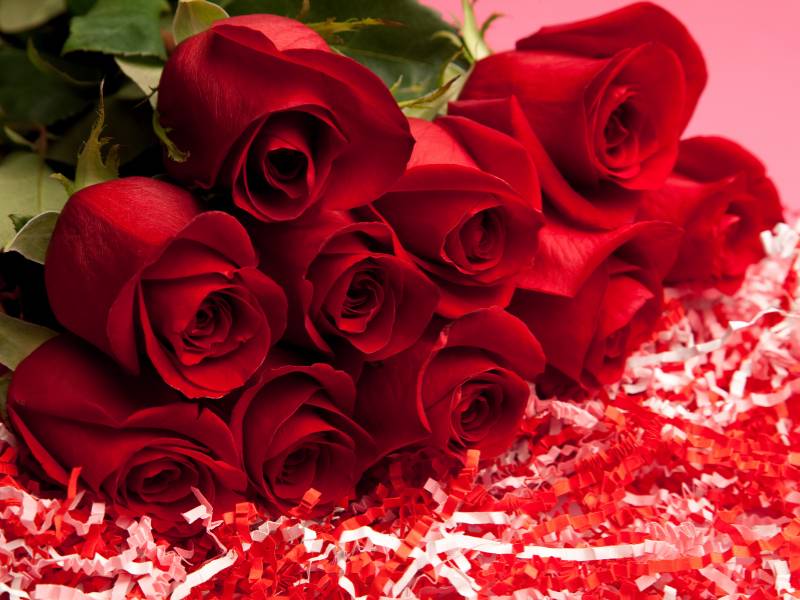
Cultural Context:
Victorians adhered to strict social etiquette, and open declarations of love were often frowned upon. Flowers became a discreet yet powerful way to express emotions. Giving a bouquet was akin to writing a letter—every bloom and color carried a specific message.
Elaborate Valentine’s Day bouquets were designed not just for their beauty but also for the secret meanings they conveyed. Lovers would spend hours selecting the perfect combination of flowers to ensure their message was understood.
Economic Influence of Valentine’s Day Flowers:
The demand for specific blooms during Valentine’s season led to the growth of floristry as a profession. Local markets flourished as growers competed to produce the most vibrant and meaningful flowers.
The language of flowers turned Valentine’s Day into an occasion where every bouquet was rich with hidden meaning. This practice added a layer of mystery and romance that continues to inspire modern Valentine’s Day flowers.
Your Valentine’s Day Gift Idea: Apparel for Sports Lovers
If your partner is passionate about sports, consider giving them a thoughtful Valentine’s Day gift that celebrates their love for the game. Teeholic Sports Collection of NFL, NBA, and MLB apparel offers stylish options such as T-shirts, hoodies, and sweatshirts. These pieces are not just practical but also a great way to show that you value their interests. Pair this sporty gift with Valentine’s Day flowers for a perfect combination of sentiment and personalization.

4. Toxic Blooms: The Darker Side of Valentine’s Day Flowers
Not all flowers carried sweet sentiments. Some blooms had darker connotations or even posed physical dangers. This lesser-known aspect of Valentine’s Day flowers adds an intriguing twist to their history and serves as a reminder of the complexity behind floral symbolism.
Poisonous Beauty:
Foxglove, while stunning, is highly toxic and symbolizes both healing and deceit. Its dual nature made it a flower of intrigue, often featured in stories of forbidden love.
Oleander, another beautiful but deadly flower, often appeared in tragic tales. While its delicate petals were visually captivating, its toxicity added a layer of danger to its symbolism.
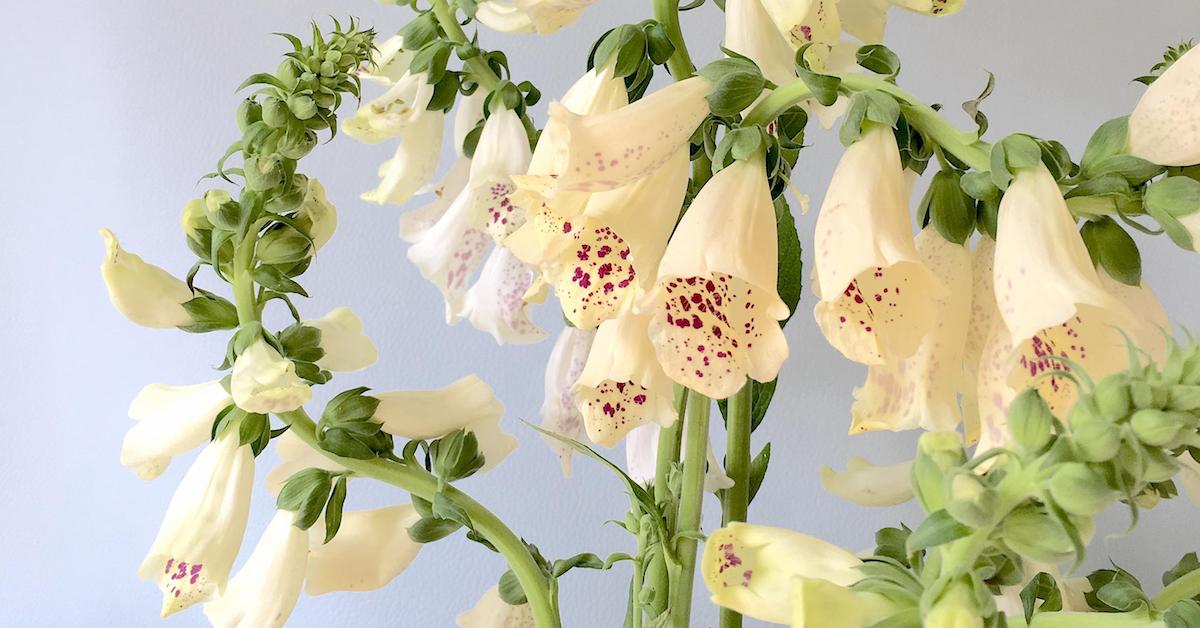
Cultural Pitfalls:
In the language of flowers, giving the wrong bloom could send unintended messages. For instance, marigolds were linked to despair and grief rather than love, making them a poor choice for Valentine’s Day.
The risk of miscommunication made flower selection a careful and deliberate process, further emphasizing the thoughtfulness behind Valentine’s Day bouquets.
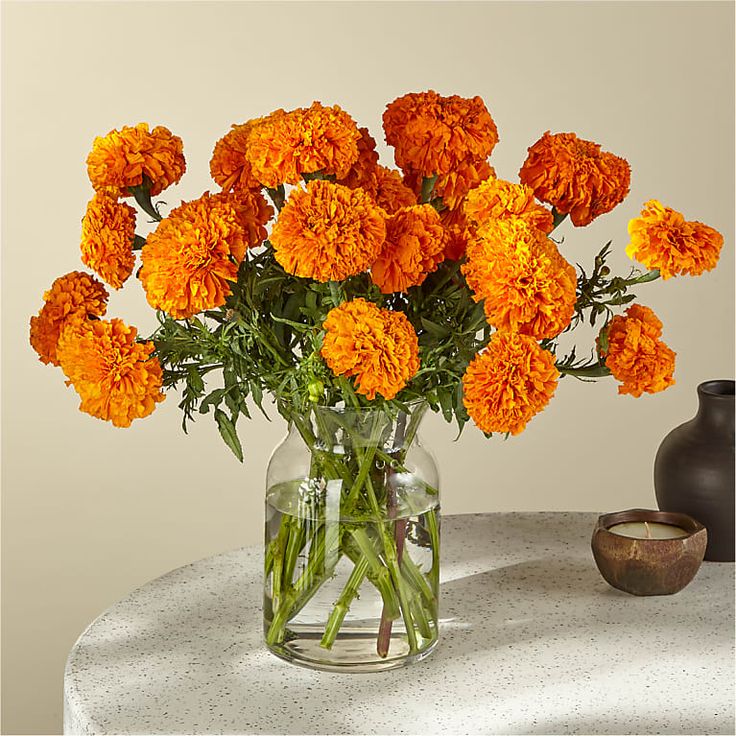
Modern Context:
Today, awareness of toxic blooms has inspired sustainable gifting trends, encouraging the use of safer and more accessible flower varieties.
These “toxic bouquets” serve as a reminder that flowers, while beautiful, hold layers of meaning that can’t be overlooked. The darker side of Valentine’s Day flowers adds depth to their history and highlights the importance of understanding their significance.
5. Valentine’s Day Flowers in Modern Times
Today, Valentine’s Day bouquets are a global phenomenon, with billions of dollars spent annually on bouquets that celebrate love. Despite their commercial success, their significance remains deeply personal and culturally rich.
The Reign of Roses over Valentine’s Day flowers:
Red roses dominate Valentine’s Day, symbolizing eternal love. However, other flowers like tulips, orchids, and lilies have gained popularity for their unique beauty and meanings.
Florists around the world create stunning arrangements that cater to individual tastes, ensuring that Valentine’s Day flowers remain as diverse as the people who give and receive them.
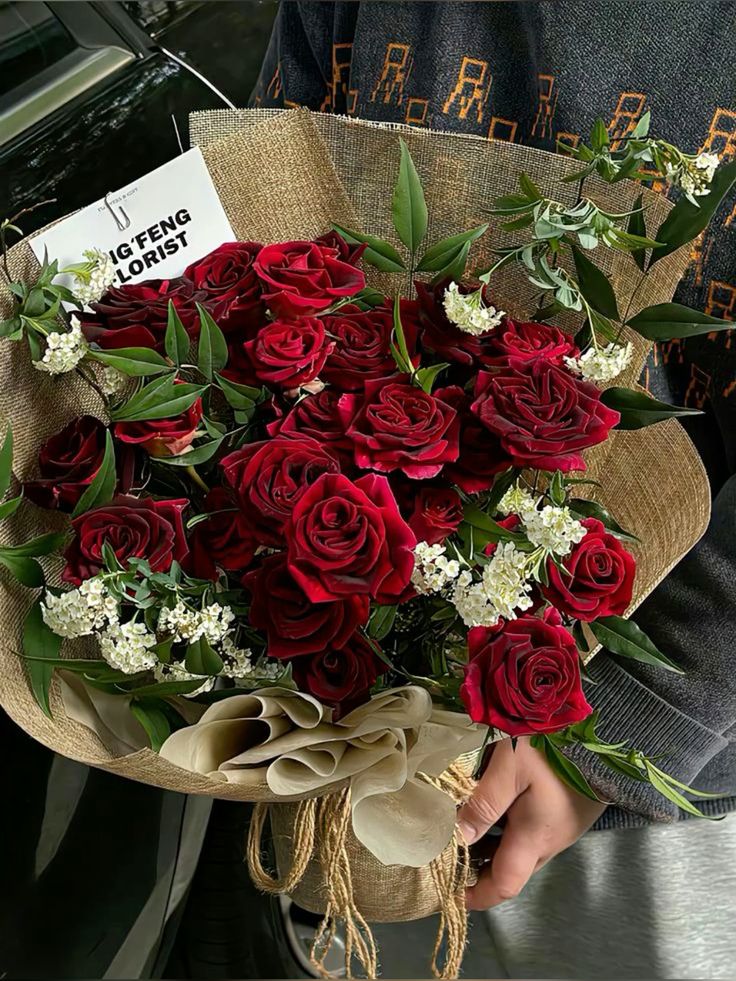
Global Traditions of Valentine’s Day flowers:
In Japan, Valentine’s Day has historically focused on chocolate, but flowers are becoming a popular gift. Their growing appeal reflects a blend of Western influence and local creativity.
Scandinavian countries often celebrate with tulips and other spring blooms, embracing a fresh and natural aesthetic that aligns with their love for simple, elegant designs.
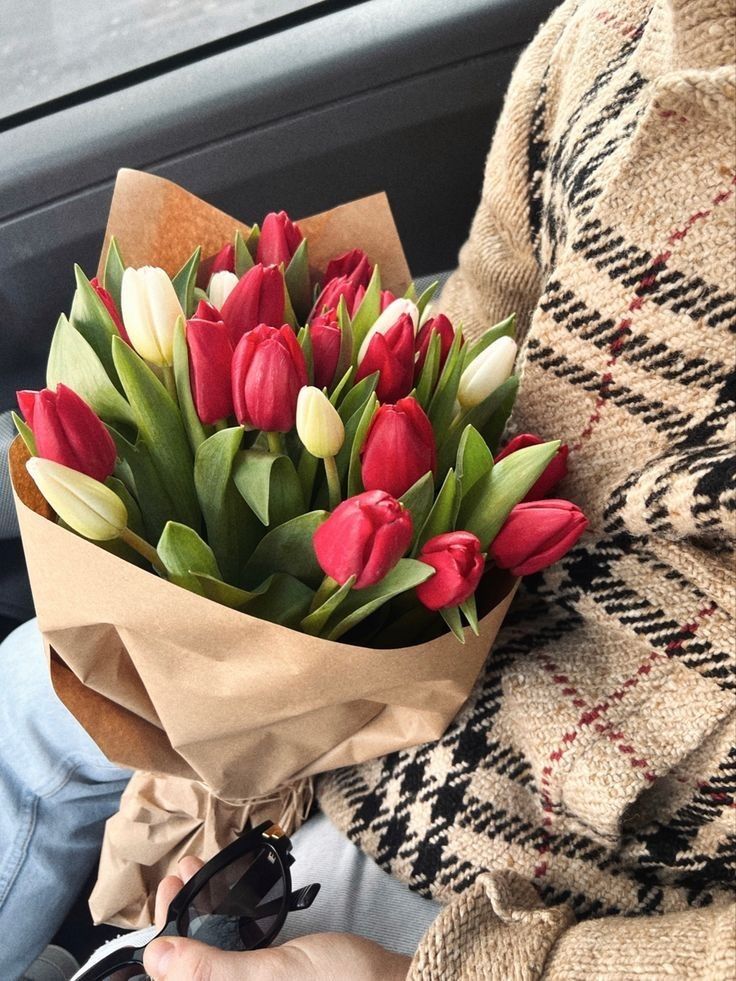
Sustainability Trends of Valentine’s Day flowers:
With increasing awareness of environmental impact, many are choosing locally grown flowers, potted plants, or dried arrangements that last longer. These eco-friendly alternatives are redefining the tradition of Valentine’s Day bouquet for a more sustainable future.
Celebrating Diversity:
From bold tropical blooms to minimalist arrangements, the diversity in modern Valentine’s Day flowers ensures that there’s something for everyone. The focus is shifting from tradition to personalization, making every bouquet unique.
Modern Valentine’s Day flowers honor tradition while adapting to changing times and tastes, ensuring their timeless charm endures.
Think of Gifts accompanying your flowers? How about Apparel for Movie Fans?
For movie buffs and anime enthusiasts, Teeholic Movie Collection makes an ideal Valentine’s Day gift. From graphic T-shirts to cozy sweatshirts featuring designs inspired by their favorite genres, these gifts add a personal touch to the celebration. Combine this unique gift with a bouquet of Valentine’s Day flowers to create a memorable experience that showcases your thoughtfulness.

6. Reviving the Language of Flowers in Relationships
Even in the digital age, the symbolism of Valentine flowers continues to enrich romantic gestures. Understanding the meaning behind each bloom adds depth to the act of giving, making Valentine’s Day flowers more meaningful than ever.
Choosing the Right Valentine’s Day Flowers:
Red roses signify love and passion, making them a classic choice for romantic partners.
Pink tulips convey admiration and happiness, perfect for expressing heartfelt appreciation.
Orchids represent beauty, luxury, and strength, ideal for making a bold statement.
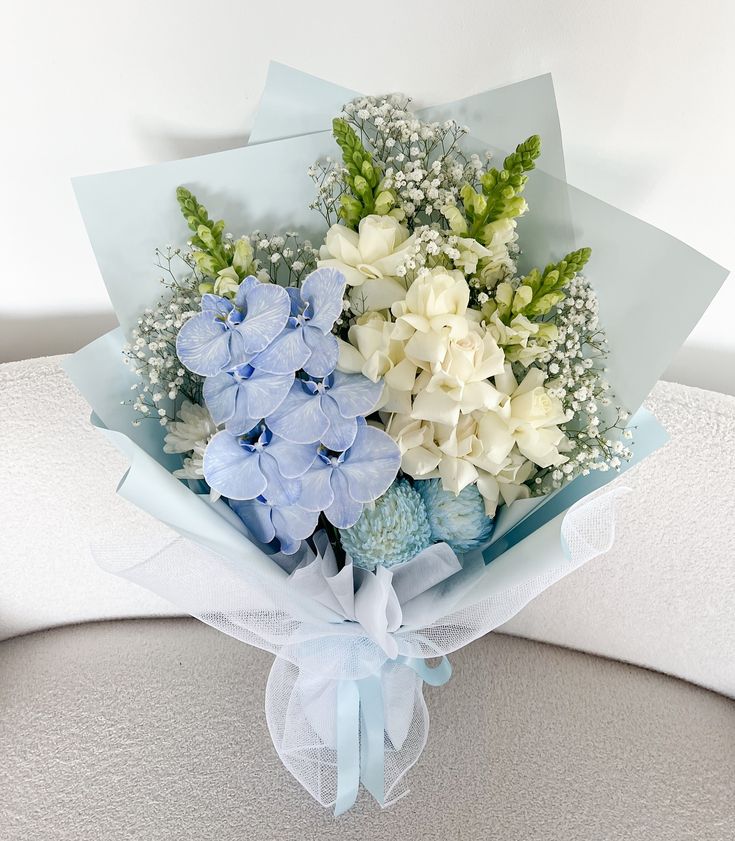
Personalizing Bouquets:
Mix flowers with complementary meanings to create a personalized message. For example, pair red roses with baby’s breath for love and purity.
Incorporate seasonal blooms or flowers that hold special significance for your relationship to make the gesture even more unique.
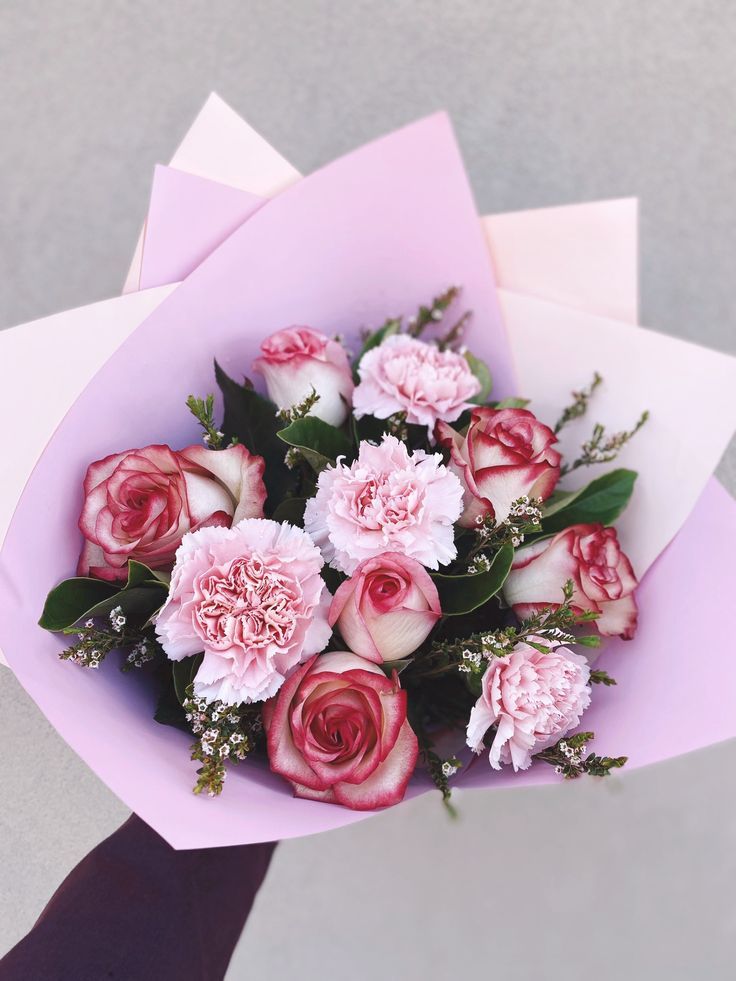
Digital Influence of Valentine’s Day flowers:
Social media has reinvigorated interest in creative floral displays, encouraging people to design Instagram-worthy Valentine’s Day bouquets.
This thoughtful approach ensures that your flowers speak directly to your partner’s heart, creating a memory that will last a lifetime.
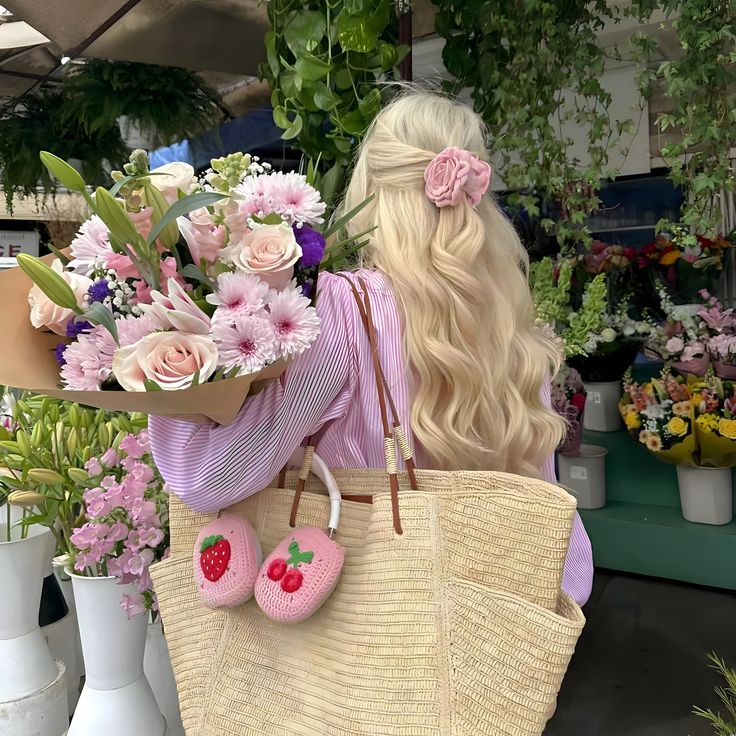
7. The Future of Valentine’s Day Flowers
As we look to the future, Valentine’s Day flowers are evolving in exciting ways. Innovations and sustainability are shaping new traditions while keeping the romance alive.
- Digital Innovations: Virtual bouquets and e-cards featuring animated flowers allow people to send love instantly across distances. These tech-savvy solutions blend tradition with modern convenience.
- Eco-Friendly Options: Preserved flowers, dried arrangements, and handmade paper blooms are gaining popularity as sustainable alternatives to fresh bouquets. These options not only last longer but also reduce waste, making them a thoughtful choice for eco-conscious romantics.
- Cultural Resurgence: A renewed interest in floriography is inspiring people to rediscover the beauty of crafting meaningful bouquets. Workshops and online guides are helping individuals learn how to create arrangements that tell a story.
- Expanding Accessibility: Online flower delivery services are making Valentine’s Day flowers accessible to more people than ever, ensuring that the tradition continues to thrive.
Flowers for Valentine’s Day may adapt, but their timeless charm ensures they will always remain a heartfelt symbol of love.
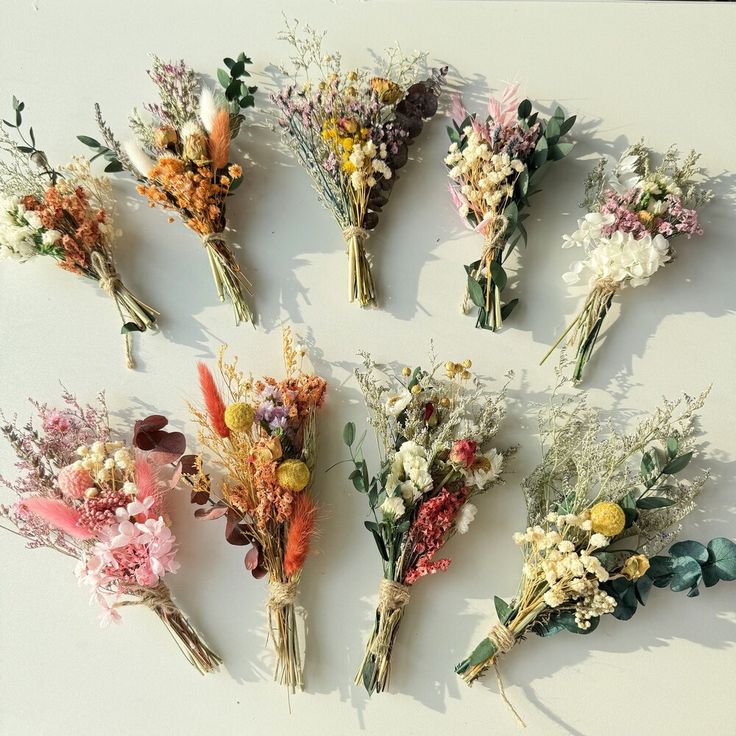
The history of Valentine’s Day flowers is a journey through myths, traditions, and evolving expressions of love. From the sacred blooms of ancient times to the language of flowers in the Victorian era and the personalized bouquets of today, these timeless symbols continue to celebrate the deepest of human emotions. Valentine’s Day flowers are not just gifts; they are heartfelt messages of love, devotion, and thoughtfulness. This Valentine’s Day, let your bouquet not just impress but inspire—a gift as meaningful as the love it represents.

Leave a Reply